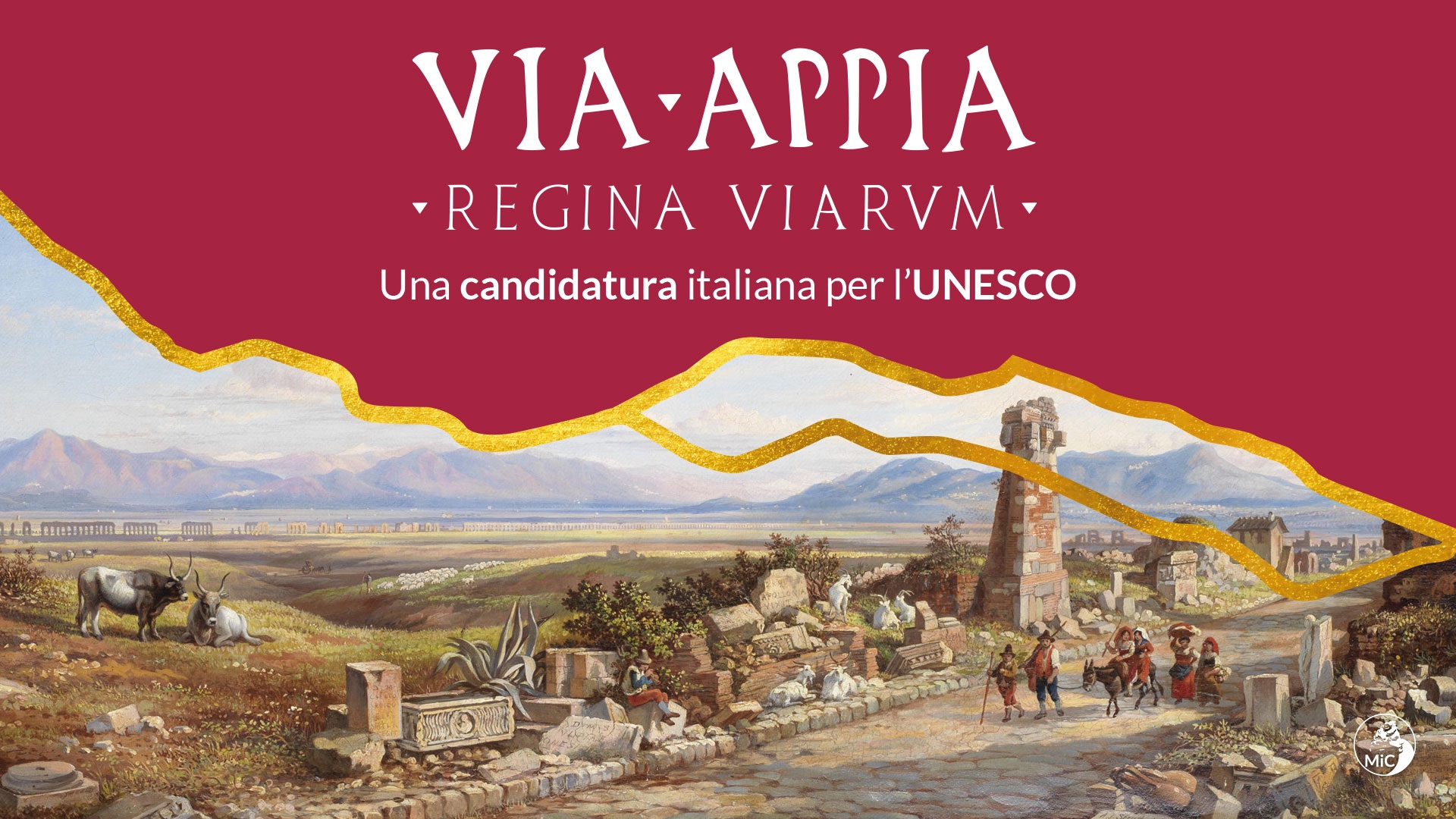As part of the activities connected to the candidature of the “Via Appia. Regina viarum” for inclusion in the World Heritage List promoted for the first time by a Ministry, the first plenary meeting coordinated by the Ministry of Culture was held on Friday 15 September 2023 in the Granafei-Nervegna Palace in Brindisi. It was addressed to the stakeholders of the Apulia Region to discuss the current and planned plans concerning the route and the monuments along it. The meeting was attended by the Unesco Delegate in charge of the inspection of the territories concerned.
To support the candidacy of the ancient Appian Way, along its entire route from Rome to Brindisi, including the Trajan variant, the Ministry of Culture is investing in the restoration and enhancement of archaeological and architectural evidence located along the route. The goal is to balance the reasons for preserving and valorising this important heritage with the sustainable development of the involved territories, strengthening the cultural offerings fundamental for the social and economic growth especially in the inland areas.
In the presence of Monopoli’s Municipality, the project for the Monopoli-Fasano cycle path was presented with the participation of Rosanna Perricci, the Cultural Councillor for the Municipality, and Pietro D’Amico, the Head of the General Affairs and Local Development Department. This project funded by the Ministry of Transportation, intersects with the ancient Roman road, enhancing and improving the use of one of Puglia’s most attractive areas through cycling.
A ridge over 20 km long: from Monopoli to Torre Canne along the entire Adriatic coastline through the seaside resorts of Capitolo, Savelletri, and the archaeological area of Egnazia with the aim to connect about 80 tourist, scenic, historical, cultural, and archaeological attractions. The route will be integrated with the construction of a modern bike station in Monopoli’s train station and the establishment of a modal interchange in the village of Savelletri. Furthermore, there will be a connection between Savelletri and Fasano’s train station.
In January, the Municipality of Monopoli signed a memorandum of understanding for the inclusion of the ancient road in the UNESCO World Heritage List. It was signed by the Ministry of Culture, the regions of Lazio, Campania, Basilicata, and Puglia, 12 provinces and metropolitan cities, 73 municipalities, 15 parks, the Pontifical Commission of Sacred Archaeology, and 25 Italian and foreign universities.
The Via Appia, with its well-preserved infrastructural, archaeological, architectural, funerary and civil testimonies, scattered along its entire route, represents not only a cultural but also a geographical and political phenomenon of exceptional importance. The ancient road axis, the first conceived as a public road, was the prototype of the entire Roman road system, which with its 120,000 km length, still constitutes the backbone of the articulated road system of the Mediterranean basin.
The “Via Appia. Regina Viarum” site was already present on the Italian tentative list and the Ministry intends to propose its inscription as a serial site. The stretches of the ancient road, along with its variants and branches, have been identified and delineated. These will be presented as components of the site since they are considered the most representative and meet the criteria defined by UNESCO.
